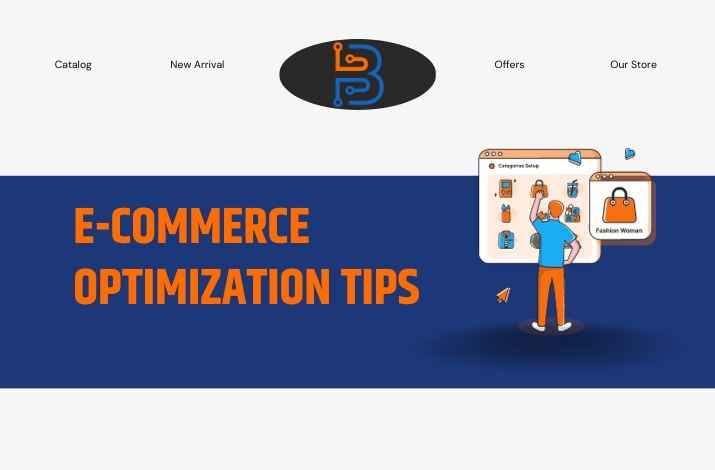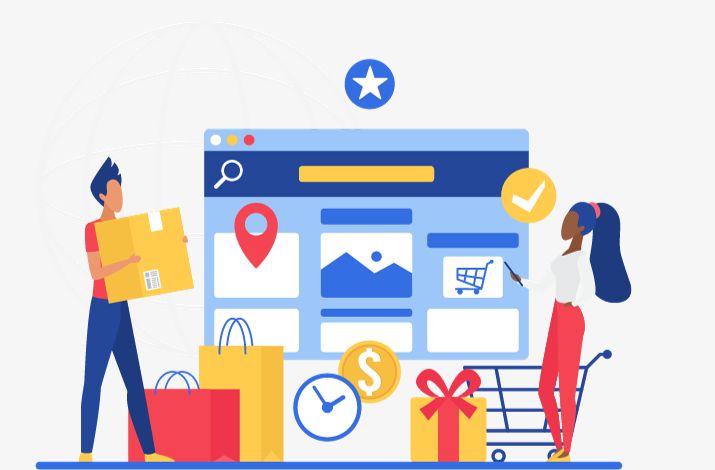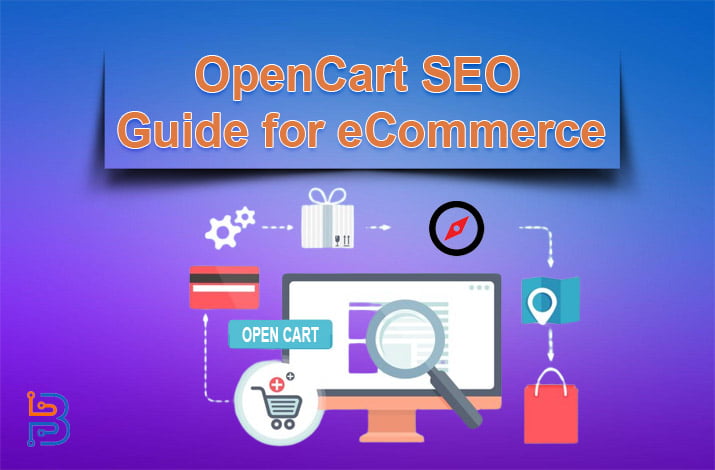Best E-commerce Optimization Tips – Drive More Sale

No matter how good your e-commerce business is going, there’s always room for improvement. Even if you have just started, optimizing the business for more sales should be your top priority. E-commerce optimization will help you increase the traffic on your site and help you make more sales.
In this blog, we will provide you with some of the very best e-commerce optimization tips that you can follow to ensure your business nourishes each day. These tips are general and can be applied to any e-commerce store.
Let’s start.
Top E-commerce Optimization Tips To Drive More Sale
Here are our best e-commerce optimization tips to take your store to a new level. Check out the below details.
Visual representation
A disadvantage of e-commerce is that there is limited contact between the buyer and seller, thus customers can only indirectly touch their products. Amongst the unique and invaluable e-commerce optimization tips, it is crucial to underline the significance of colors and pictures that illustrate your chosen products or services.
This strategy entails outsourcing professional photos and videos, graphic buttons and other eye-catching features for online shopping to capture the attention of consumers. Visuals on your website grab clients’ attention and motivate them to investigate the goods. Detail-rich images enhance client trust.
Shopping from varied viewpoints and settings increases shoppers’ belief that what they see is what they get. This makes buying more fun and educational. Customers can picture how a product fits into their lives, making purchases easier!
Fulfillment Services
Next, improve your eCommerce fulfillment services. Discuss what this implies before we begin. E-commerce fulfilment services store goods, process orders, pack, ship, and provide customer assistance.
You can optimize this in your online store via various methods.
One is ensuring you have enough resources to fulfil the orders. Accurate sales forecasting is key to managing your fulfilment resources effectively. Maintain a well-organized and updated inventory to avoid overstocking or running out of popular products. This will ensure a satisfied customer base and avoid delays. Optimizing the shipping and delivery process is also crucial, as this can save time and reduce delays.
Having the schedule planned and timed to perfection will get the package to the customer as soon as possible and give them a positive view of the company. On top of all of this, keep an eye on the return process. Allowing your customers to have a smooth sailing return process instead of a confusing and infuriating one will change their experience entirely. This includes having a well-structured inventory management system.
Personalization
Another way of making the e-commerce store effective is to incorporate personalization in the website. Personalization in E-Commerce entails creating customized content, personalized recommender systems, and differentiated pricing schemes for specific users’ behaviour, profile, and purchase history. Your customers perceive this as if you care about their preferences, so you are more likely to offer them what they truly want.
Product recommendations are a strong e-commerce customizing tool. You can recommend products based on a customer’s browsing and purchasing history. Send targeted offers or discounts to go further.

Mobile Optimization (Responsive Design is a Must)
Mobile optimization is not an option in this era of smartphones and tablets but a necessity. Ensure that your e-commerce site is responsive so that it adjusts smoothly across different screens and devices. With an efficient Mobile Site, consumers can enjoy the same excellent user experiences on desktops and their phones. These include simple navigation, readable font size, and suitable image dimensions.
Mobile testing of your website across various browsers and devices assures users of consistent mobile experiences. Most digital buyers use mobile phones; thus, Google ranks websites as highly responsive on mobile. High bounce rates result in loss of sales when a website is poorly optimised for mobile viewing.
Enabling reviews
Allowing customers to review and rate your products will also optimize your e-commerce store. Genuine feedback from other customers can build trust and influence purchase decisions. Encourage satisfied customers to leave reviews and respond promptly to negative feedback to demonstrate your commitment to customer satisfaction.
Fast Loading Speed
Another crucial factor to consider in current digital environments where speed is king is the amount of time it takes for the webpage to load. Inefficient page speeds mean that customers may grow frustrated and quickly exit your website. Finally, for increasing the loading speed, proper resizing and properly compressing the images in such a way that quality will not be affected.
Optimize browser caching to enable fewer assets that may be required to be downloaded at subsequent visits. Reduce unneeded scripts and plugins that hinder site speed. E-commerce success depends on fast loading speed, which enhances user experience, bounce rates, and SEO results.
Security
Upping the security of your e-commerce store will make your customers feel safe enough to purchase items from it, as it requires online transactions. Ensure you work to make the website URL state that the website is secure. You can be sure of this once it states “https” rather than “http.”
Conclusion
Therefore, by following these few tips that have been highlighted on the issue of e-commerce optimization of your online store, you will be in a position to increase the sale of your commodities as well as provide a good shopping experience to your customers. Here it is necessary to remember that optimization is a cyclical process and the constant monitoring of customer demand is critical to achieve success and stability in the e-commerce market.






